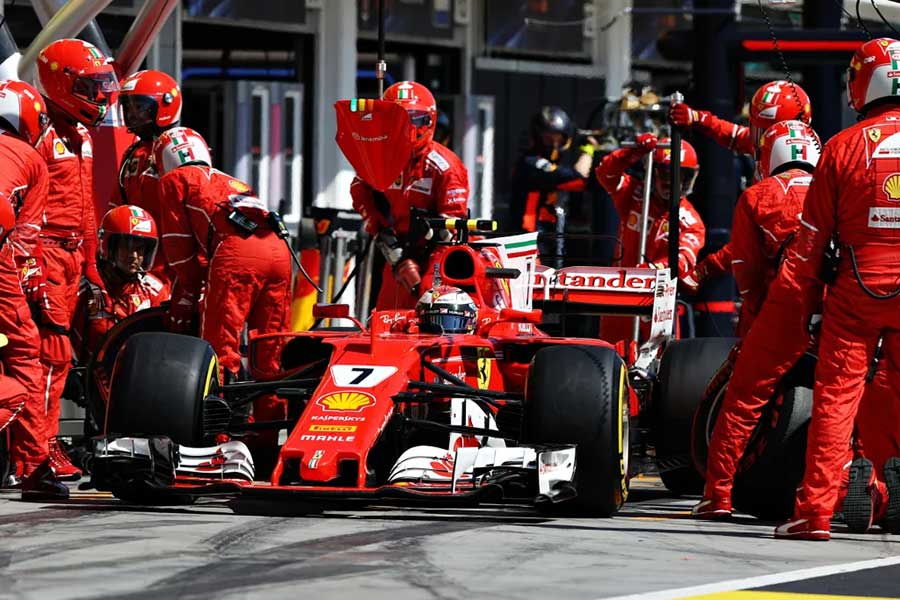
Have you ever watched the Pit Crew in action during a Formula One race? They can change a set of 4 tires in under 2 seconds! How is this even possible? This is the epitome of a high-performance team, built for precision and speed. Our virtual high-performance teams will have varied purposes, goals and objectives but we need them to perform optimally and deliver superior results consistently. Any company with the resources can buy the best technology and adapt industry best practices but the high-performance team will always be the significant competitive advantage.
- The leaders and the team should focus on the culture, mission, vision and values of the organisation. Don’t go soft on values because it may not be convenient now. Values should not go on hold until things get back to normal. When this crisis is over people will remember how you treated them.
- Leaders should challenge the team to solve big problems together, by assigning moon-shot projects. These ambitious audacious challenges will communicate the leaders’ trust and confidence in the team’s ability, creating a cycle of success.
- The team must have clarity of purpose, specific performance goals and clear rules of engagement. This cannot be vague and ambiguous, neither can we leave it open for each team member to figure it out or make it up. Once we have these criteria in place every team member must commit 100%. There is no 99% commitment. You are either committed or you are not.
- The team must have the tools required to be online, effective and efficient. The expertise, skillsets, computer hardware and software, backup systems and power protection must be in place. Laptops, cell phones, reliable internet access and adequate bandwidth are essential along with real skills aka soft skills. Tools for communication and project management are a must. Take your pick from Trello, Asana, ClickUp, Zoom, Skype, WebEx, Join. Me or any other. Cost is no longer a deterrent.
- Team members must create the appropriate workspace at their remote location to show up for work ready to give of their best. There should be clear work boundaries and schedules, so everyone knows when everyone is ‘at their desk’. It’s not about checking emails and phone messages in between doing chores, watching Netflix and chilling.
- Team members must communicate and collaborate to ensure everyone is on the same page. In this time, I suggest over-communicating. When we cannot see or hear each other, intended messages get lost in translation. Words on a screen lack the tone, texture and other nuances that make for effective communication. If you must write about the same point twice to explain yourself, move the communication up at least a notch.
E.g. Slack message<Email<Voice Note<Telephone Call<Video Chat
- Team members must get together often and have fun. This builds camaraderie and team culture. Review progress, request feedback and solicit ideas from everyone. However, getting together should not only be about the work. Do inject a strong dose of good fun in the virtual workspace. The results will surprise you.
- Leaders must inspire, empower and trust the team to operate at a high level. Within the team, members must trust each other. No throwing of another under the proverbial bus. Everyone must have each other’s back. (However, this does not mean condoning underperformance or not calling out potential pitfalls).
- Superior team performance is highly valued in high-performance teams. Therefore, team members cannot tolerate mediocrity and underperformance from anyone on the team. There must be individual and mutual accountability, clothed in a strong work ethic.
- Leaders must express sincere appreciation for the team’s efforts and applaud a job well done, within the team and the wider organisation. Yes, everyone is paid to do their job, but everyone loves to feel valued and appreciated, especially when you are giving of your best in a difficult time.
Written By: Dr. Sandra Palmer, CEO and Senior Partner

